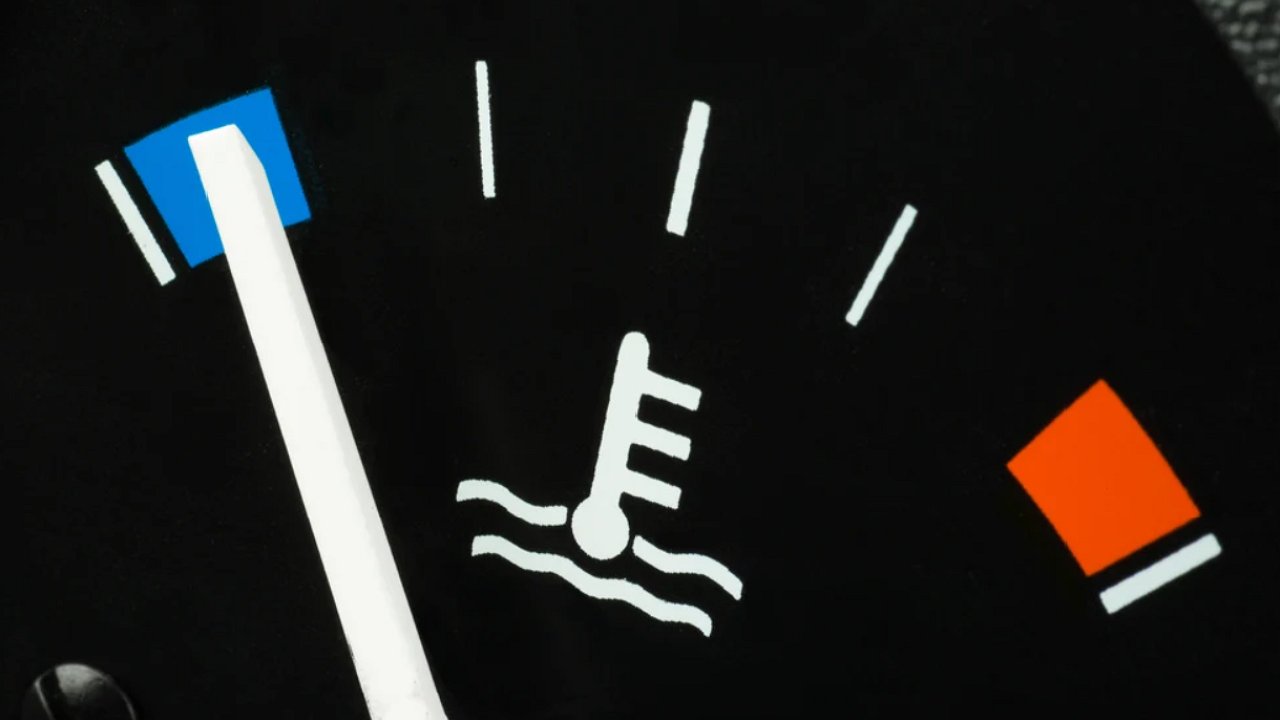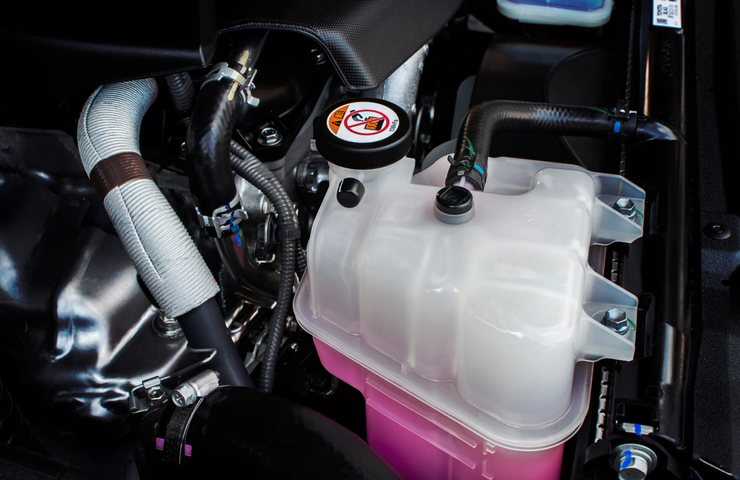Why doesn’t the engine warm up to operating temperature?
- September 15, 2023
- 0
The Indian Summer will linger in the capital region for a few more weeks, and then a real, rainy and cold autumn will arrive. And in an instant,
The Indian Summer will linger in the capital region for a few more weeks, and then a real, rainy and cold autumn will arrive. And in an instant,

The story that set everyone on edge about the need to warm up the engine comes from great ecological ground: they say that threshing in vain while idling in the yard is economically disgraceful and even harmful to nature. Therefore, if you wish, drive when it is cold, waiting for the oil to warm up and spread through the “internals” under load. And generally the car should be replaced every three years.
Of course, the engine must be heated: as the temperature rises, the metal elements expand, the holes reach operating parameters, and the lubricant spreads through the channels and cylinders in a quiet, or rather, least stressed operating mode. In addition: idling, just like driving with a cold engine, contributes to higher fuel consumption. Again, not everything burns and escapes into the atmosphere with thick smoke from the exhaust pipe. Another question: what if a car, especially a gasoline car, won’t warm up at all?
The reason for the reluctance of the combustion engine to reach operating temperatures, as a rule, is hidden under the hood. In three out of four cases – in the cooling system. The first thing, of course, is to inspect the room for leaks and the expansion tank for fluid. Whether she’s there or not. The next step is the radiator cap and actually the cooler itself. They must work and be sealed.
By the way, it would be a good idea to open the oil filler neck and pull out the dipstick – a “shortage” of the heater can be the first symptom of coolant getting into the engine lubricant. In this case, an emulsion will certainly appear in the engine – white foam, which is a sign of an upcoming engine overhaul. It is better to find out about such problems in advance.
After performing the freely accessible and quick diagnostics described above and not finding anything critical, you can safely open the car parts catalog and order a thermostat: it left this world and remained stuck in the open position. The coolant moves only in a large circle and the engine does not warm up in any way. Replacing the device is not difficult – with some dexterity it can be done without flooding the entire garden with antifreeze.
By the way, it is quite simple to check the thermostat: by placing the device in a saucepan with cold water and turning on the burner, you need to wait until it boils. At this point visual changes should occur. Didn’t happen? The mystery is solved: the reason for the constant operation of the engine at incorrect temperature conditions is a defective thermostat.

The story that set everyone on edge about the need to warm up the engine comes from great ecological ground: they say that threshing in vain while idling in the yard is economically disgraceful and even harmful to nature. Therefore, if you wish, drive when it is cold, waiting for the oil to warm up and spread through the “internals” under load. And generally the car should be replaced every three years.
Of course, the engine must be heated: as the temperature rises, the metal elements expand, the holes reach operating parameters, and the lubricant spreads through the channels and cylinders in a quiet, or rather, least stressed operating mode. In addition: idling, just like driving with a cold engine, contributes to higher fuel consumption. Again, not everything burns and escapes into the atmosphere with thick smoke from the exhaust pipe. Another question: what if a car, especially a gasoline car, won’t warm up at all?
The reason for the reluctance of the combustion engine to reach operating temperatures, as a rule, is hidden under the hood. In three out of four cases – in the cooling system. The first thing, of course, is to inspect the room for leaks and the expansion tank for fluid. Whether she’s there or not. The next step is the radiator cap and actually the cooler itself. They must work and be sealed.
By the way, it would be a good idea to open the oil filler neck and pull out the dipstick – a “shortage” of the heater can be the first symptom of coolant getting into the engine lubricant. In this case, an emulsion will certainly appear in the engine – white foam, which is a sign of an upcoming engine overhaul. It is better to find out about such problems in advance.
After performing the freely accessible and quick diagnostics described above and not finding anything critical, you can safely open the car parts catalog and order a thermostat: it left this world and remained stuck in the open position. The coolant moves only in a large circle and the engine does not warm up in any way. Replacing the device is not difficult – with some dexterity it can be done without flooding the entire garden with antifreeze.
By the way, it is quite simple to check the thermostat: by placing the device in a saucepan with cold water and turning on the burner, you need to wait until it boils. At this point visual changes should occur. Didn’t happen? The mystery is solved: the reason for the constant operation of the engine at incorrect temperature conditions is a defective thermostat.
Source: Avto Vzglyad
Donald Salinas is an experienced automobile journalist and writer for Div Bracket. He brings his readers the latest news and developments from the world of automobiles, offering a unique and knowledgeable perspective on the latest trends and innovations in the automotive industry.